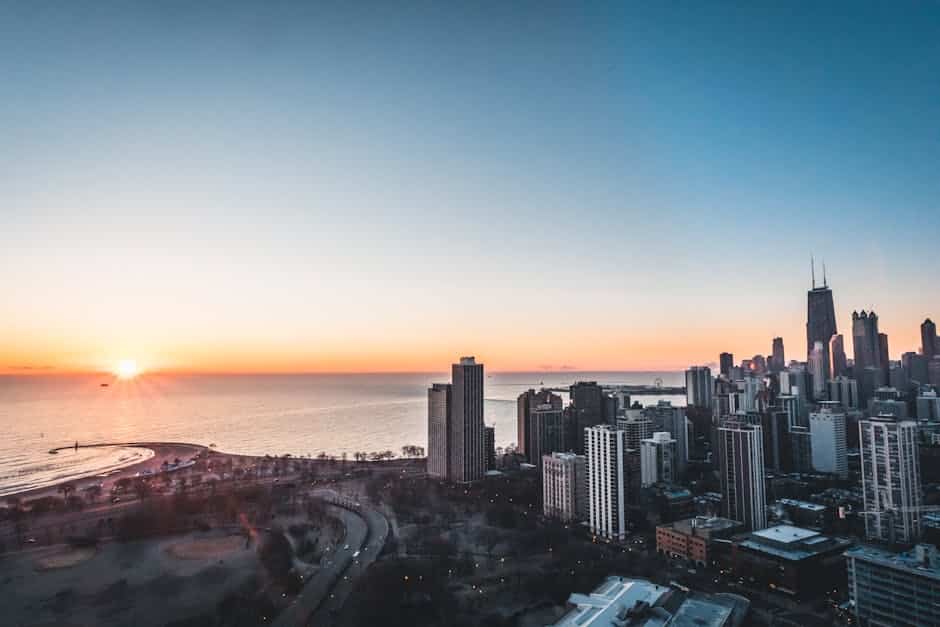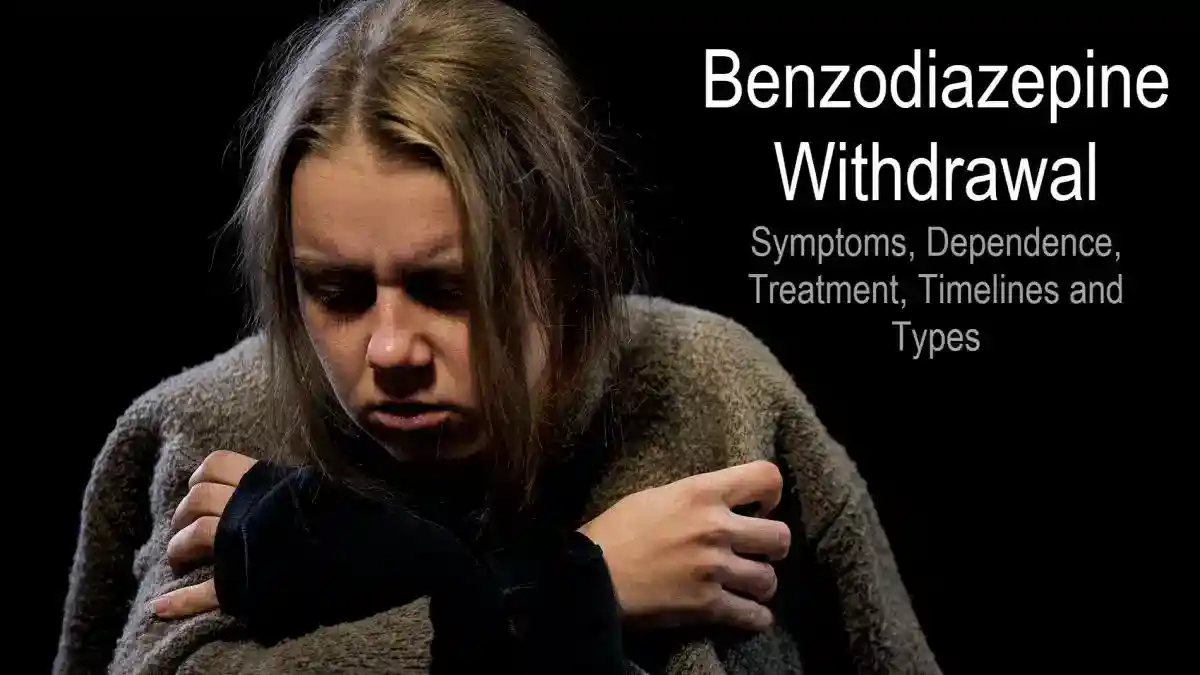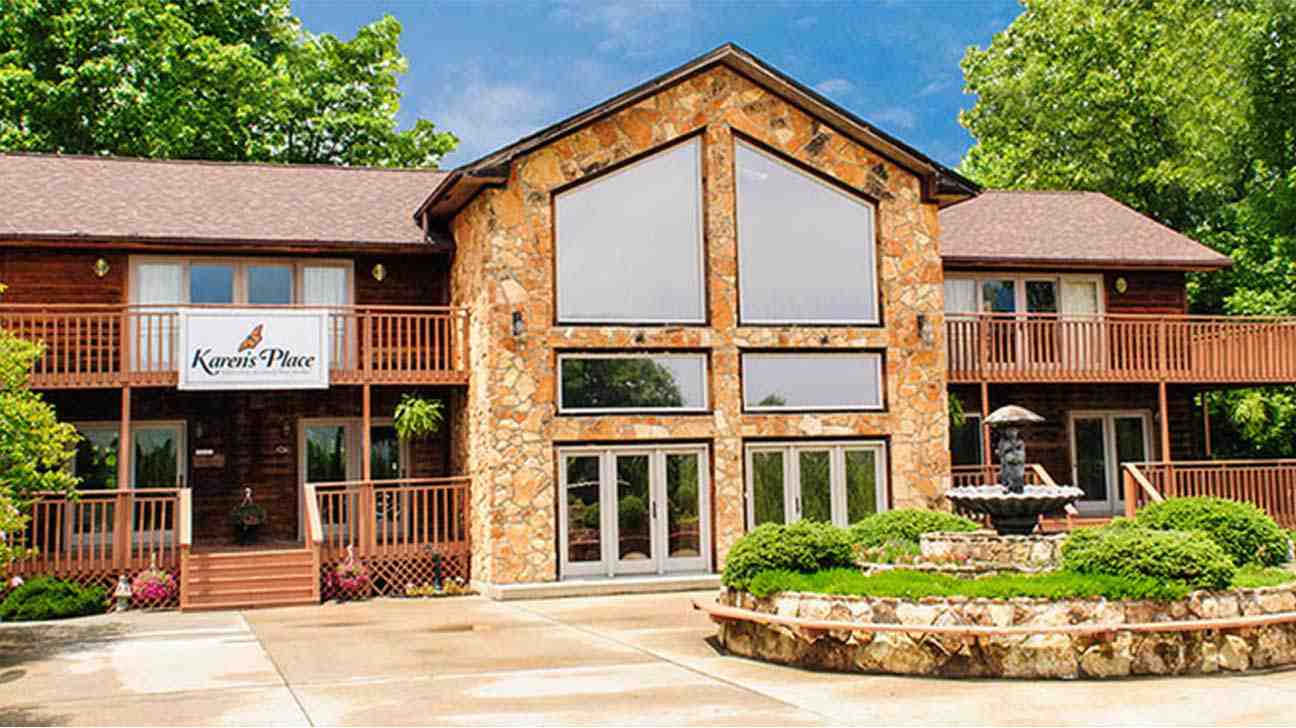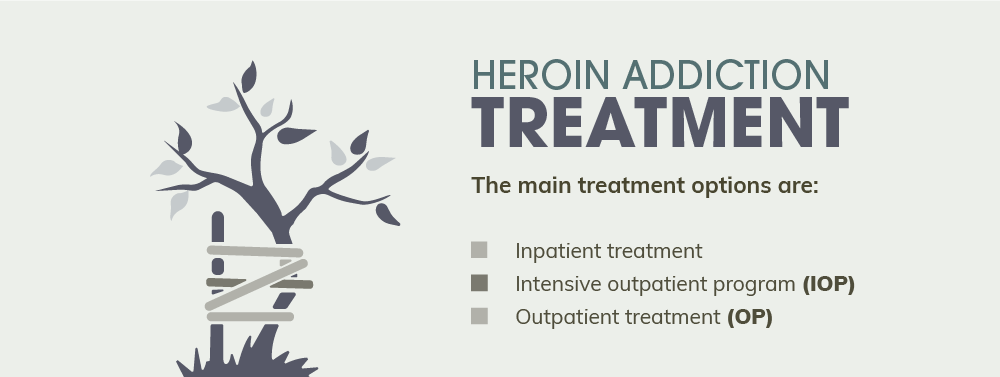
Understanding Inpatient Heroin Rehab: Your Path to Recovery
Inpatient heroin rehab is a residential treatment program where individuals live at a facility 24/7 to receive intensive support for heroin addiction. It provides a safe, structured environment away from the triggers of daily life, allowing for a complete focus on recovery.
Key Features of Inpatient Heroin Rehab:
- Medical Detox: Supervised withdrawal management with medication to ease symptoms.
- 24/7 Care: Round-the-clock medical and emotional support.
- Evidence-Based Therapies: Includes CBT, group counseling, and other proven methods.
- Medication-Assisted Treatment (MAT): Uses FDA-approved medications like methadone and buprenorphine.
- Typical Duration: 30 to 90 days, with longer stays improving outcomes.
Heroin addiction is a serious but treatable medical condition. According to the 2022 National Survey on Drug Use and Health, approximately 900,000 people aged 12 and older had a heroin use disorder. Research shows that patients who remain in treatment for 3 months or longer have significantly better outcomes. Recovery is possible.
If you or a loved one is struggling, Addiction Helpline America can help. We connect people with quality inpatient heroin rehab programs custom to their needs. Our team offers compassionate, confidential guidance 24/7 to help you steer your options and begin the journey to recovery.
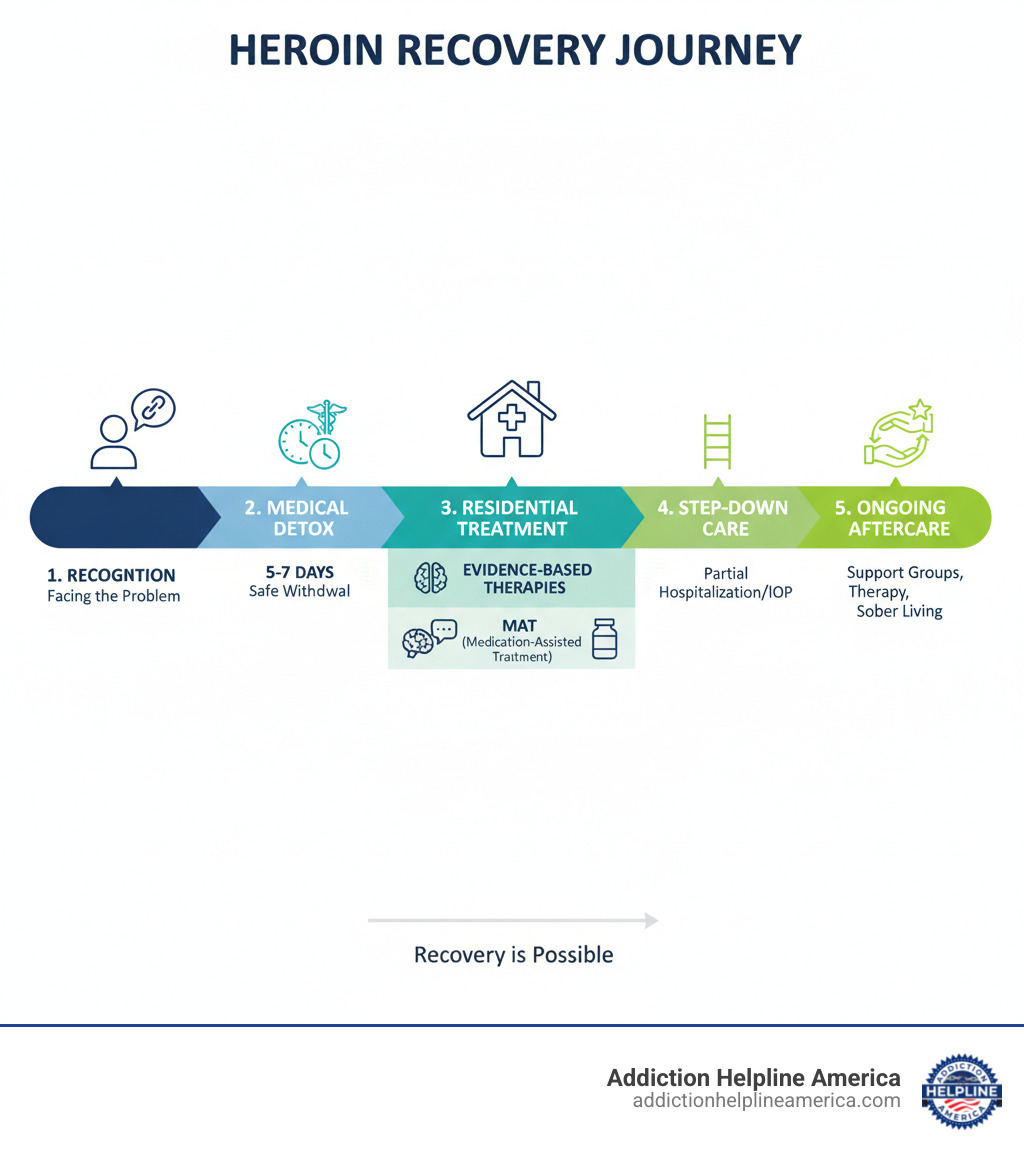
Understanding Heroin Addiction and the Need for Treatment
Heroin addiction, or Opioid Use Disorder (OUD), is a chronic medical condition that changes brain function, affecting motivation, memory, and self-control. It is a disease that requires professional treatment, not a moral failing. These brain changes make it incredibly difficult to quit without help, which is why professional treatment at an inpatient heroin rehab is often essential.
Recognizing the signs of heroin use is the first step. These warning signs fall into three main categories:
Physical Signs:
- Sudden weight loss and exhaustion
- Constricted, “pinpoint” pupils
- Watery eyes or a persistent runny nose
- Track marks or skin infections from injection
- Slurred speech and “nodding off” (drifting in and out of consciousness)
Behavioral Changes:
- Lying or secrecy to hide drug use
- Withdrawing from family, friends, and hobbies
- Neglect of personal hygiene
- Financial problems or stealing
- Failing to meet work, school, or home responsibilities
- Risky behaviors, such as sharing needles
Psychological Effects:
- Intense shame and guilt
- Depression, anxiety, and hopelessness
- Impaired concentration and judgment
- Paranoia and unpredictable mood swings
Healthcare professionals diagnose heroin addiction using the DSM-5 criteria, which identifies patterns of compulsive use, cravings, and loss of control. The chronic disease model views these as symptoms of a brain disease, not character flaws. Self-treatment is rarely effective and can be dangerous due to severe withdrawal and high relapse risk. Professional help provides the medical supervision and therapy needed to recover safely.
What Are the Signs That Someone Needs Inpatient Heroin Rehab?
Outpatient support isn’t always enough. The intensive, 24/7 care of inpatient heroin rehab is necessary when certain signs appear:
- Neglecting Major Responsibilities: Consistently failing at work, school, or parenting.
- Multiple Failed Attempts to Quit: Inability to stop using despite wanting to.
- Increased Tolerance & Severe Withdrawal: Needing more heroin to get the same effect and experiencing intense physical and psychological pain when trying to stop.
- Continued Use Despite Consequences: Using even after job loss, legal trouble, or health problems.
- Social Isolation: Cutting off healthy relationships and spending time only with others who use drugs.
- Engaging in Risky Behaviors: Driving while high, sharing needles, or using in unsafe situations.
- Co-occurring Mental Health Issues: Struggling with depression, anxiety, PTSD, or bipolar disorder alongside addiction requires integrated, dual diagnosis treatment, which inpatient programs are equipped to provide.
If you recognize these signs, inpatient treatment offers the structured, safe environment needed to begin healing. Recovery is possible with the right level of support.
What Is Inpatient Heroin Rehab and How Does It Differ?
Inpatient heroin rehab is a residential treatment program where you live at a specialized facility, fully immersed in a structured, supportive environment. Typically lasting 30 to 90 days, it allows you to focus entirely on healing without outside distractions. The defining feature is 24/7 medical care and supervision, which is critical for managing heroin withdrawal and cravings safely.
This level of care is the most intensive on the addiction treatment continuum. Other options include:
- Outpatient Programs: Individuals live at home and attend scheduled therapy sessions. This includes Partial Hospitalization Programs (PHP), which are highly intensive (like a full-time job), Intensive Outpatient Programs (IOP) with a moderate time commitment, and standard outpatient with just one or two weekly sessions.
- Step-Down Care: A common and effective approach is to start with inpatient rehab and gradually transition to less intensive outpatient programs (PHP, then IOP). This allows for a slow reintegration into daily life while maintaining support, which improves long-term success.
Here’s how these treatment levels compare:
| Feature | Inpatient Rehab | Outpatient Programs | Step-Down Care Options |
|---|---|---|---|
| Living Situation | Reside at treatment facility 24/7 | Live at home | Transition from facility to home gradually |
| Time Commitment | Full-time (24/7) | Varies from 1-40+ hours/week depending on intensity | Decreases over time as you progress |
| Intensity | Highest—constant medical supervision and structured programming | Lower—scheduled sessions with time at home between | Starts high, gradually reduces |
| Medical Support | 24/7 access to medical staff | Available during appointment times | Coordinated across levels as needed |
| Best For | Severe addiction, unsafe home environment, history of relapse, medical complications | Stable housing, strong support system, less severe addiction | Ongoing support after completing intensive treatment |
Key Benefits of Choosing an Inpatient Heroin Rehab Program
Choosing inpatient heroin rehab offers powerful advantages for recovery:
- Safe, Structured Environment: A substance-free setting with a predictable routine helps the mind and body begin to heal from the chaos of addiction.
- Removal from Triggers: Physically separating from people, places, and stressors associated with drug use is crucial for breaking old habits and building new ones.
- 24/7 Medical and Emotional Support: Constant access to medical staff and therapists provides a safety net, making the challenges of early recovery manageable.
- Peer Support: Living alongside others on the same journey reduces shame and isolation, creating a powerful network of accountability and understanding.
- Focus on Recovery: With daily responsibilities on hold, your only job is to get better. This allows for deep therapeutic work and self-reflection.
- Dual Diagnosis Treatment: Quality programs treat co-occurring mental health disorders like depression or anxiety simultaneously with addiction, addressing the root causes of substance use for better long-term outcomes.
At Addiction Helpline America, we’ve seen these benefits transform lives. We can help you find a program that offers this comprehensive level of care.
A Typical Day and Therapies Offered in Treatment
In an inpatient heroin rehab facility, a structured daily routine provides the stability needed for healing. The journey begins with medically-assisted detox, followed by a schedule of evidence-based therapies and activities.

A typical day involves a mix of individual and group therapy, educational workshops, and holistic activities. Mornings might start with mindfulness or meditation, followed by group sessions on topics like relapse prevention. Afternoons often include one-on-one therapy to address personal challenges, along with alternative therapies like art, yoga, or fitness. Evenings may feature 12-Step meetings or other support groups, creating a full day focused on building a foundation for recovery.
The Role of Medically-Assisted Detox in Inpatient Heroin Rehab
Detox is the critical first step. Heroin withdrawal symptoms typically begin 6-12 hours after the last use, peak at 48-72 hours, and can be physically and emotionally brutal. Symptoms include severe muscle pain, nausea, vomiting, anxiety, and intense cravings. In an inpatient heroin rehab setting, this process is managed by a medical team 24/7. They provide medications like buprenorphine or clonidine to ease symptoms, ensure your safety, and offer the comfort and support needed to get through this difficult phase and transition into therapy.
Therapies and Medication-Assisted Treatment (MAT)
After detox, treatment focuses on healing the psychological aspects of addiction. Programs use a combination of therapies and, when appropriate, Medication-Assisted Treatment (MAT), also known as Medications for Opioid Use Disorder (MOUD).
Evidence-Based Therapies:
- Cognitive Behavioral Therapy (CBT): Helps you identify and change negative thought patterns and behaviors that lead to drug use, teaching practical coping skills.
- Contingency Management (CM): Uses positive reinforcement, offering tangible rewards for healthy behaviors like negative drug tests.
- Motivational Improvement Therapy (MET): Focuses on strengthening your personal motivation to change and commit to sobriety.
- Dialectical Behavior Therapy (DBT): Teaches skills for emotional regulation, distress tolerance, and mindfulness, especially helpful for those with intense emotions or co-occurring disorders.
Medication-Assisted Treatment (MAT):
These FDA-approved medications are used alongside therapy to reduce cravings and prevent relapse.
- Methadone: A long-acting opioid agonist that reduces cravings and withdrawal. It is dispensed at specialized clinics.
- Buprenorphine (Suboxone): A partial opioid agonist that also reduces cravings. It has a lower risk of misuse and can be prescribed by certified doctors.
- Naltrexone (Vivitrol): An opioid antagonist that blocks the effects of heroin. It is available as a daily pill or monthly injection and requires full detox before starting.
Your treatment team will determine the right combination of therapies and medications for your unique needs. For more information about the various substance abuse services and support resources available, you can visit our resource page.
Program Duration, Costs, and Finding Help
Two of the biggest questions about recovery are how long it takes and how much it costs. While there’s no single answer, there is clear guidance to help you plan.
Most inpatient heroin rehab programs last 30, 60, or 90 days. While a 30-day program can build a foundation, research consistently shows that treatment stays of three months or longer lead to significantly better long-term sobriety rates, especially for those with severe addiction or co-occurring mental health disorders.
The cost of inpatient heroin rehab varies based on the facility’s location, amenities, and services. However, treatment is more accessible than many believe. The Affordable Care Act (ACA) mandates that most health insurance plans cover substance abuse treatment. Medicare and Medicaid also provide coverage for eligible individuals. For out-of-pocket expenses, many facilities offer financing plans, sliding-scale fees, or scholarships. Don’t let cost be a barrier; our team at Addiction Helpline America can help you verify your insurance and explore all payment options.
How to Find and Choose the Right Inpatient Heroin Rehab Program
Choosing the right program is a critical decision. Here are key factors to consider:
- Assess Your Needs: Consider the severity of the addiction and whether there are co-occurring mental health issues like depression or anxiety. This will determine if you need a facility specializing in dual diagnosis.
- Check for Accreditation: Look for accreditation from recognized bodies like The Joint Commission or CARF. This is a mark of quality and safety.
- Verify Staff Qualifications: Ensure the program is staffed by licensed medical doctors, psychiatrists, and certified addiction counselors with experience in treating opioid use disorder.
- Understand the Treatment Philosophy: Does the program use evidence-based practices like CBT and MAT? Does its approach (e.g., 12-Step, clinical, holistic) align with your personal beliefs?
- Confirm Dual Diagnosis Capabilities: If mental health is a concern, verify that the facility offers integrated treatment for both addiction and mental health conditions simultaneously.
- Consider Location and Environment: Decide if staying close to home or traveling for treatment is better. Think about whether a small, intimate setting or a larger facility is preferred.
This process can feel overwhelming. You can use Addiction Helpline America’s Treatment Locator to search for programs, or call our 24/7 helpline for free, confidential guidance. We can handle insurance verification and help you find the perfect fit from our nationwide network.
Life After Rehab: Ensuring Long-Term Sobriety
Completing an inpatient heroin rehab program is a huge accomplishment, but recovery is a lifelong journey. The transition back to daily life presents new challenges, making a strong aftercare plan essential for preventing relapse and maintaining long-term sobriety.
Relapse is a common part of the recovery process for many, but it doesn’t signify failure. It indicates that a person’s treatment plan needs adjustment. A comprehensive continuing care plan, developed before leaving inpatient treatment, is the best defense.
This plan often includes:
- Step-Down Care: Transitioning from inpatient to a Partial Hospitalization Program (PHP) or Intensive Outpatient Program (IOP) to maintain structure while reintegrating into daily life.
- Sober Living Homes: These provide a supportive, substance-free living environment with peer accountability, easing the transition to independent living.
- Ongoing Counseling: Continuing with individual and group therapy helps reinforce coping skills and address challenges as they arise.
- Alumni Programs: Many rehabs offer alumni networks that provide a valuable sense of community and ongoing support from peers.
- Support Groups: Regular participation in groups like Narcotics Anonymous (NA), SMART Recovery, or Heroin Anonymous (HA) is a cornerstone of long-term recovery, offering shared experience and encouragement.
Staying engaged in some form of aftercare for at least a year significantly improves the chances of sustained recovery. It’s about building a new life centered on health, purpose, and connection.
Conclusion
Recovery from heroin addiction is not just a possibility—it’s a reality for millions. Inpatient heroin rehab provides the essential first step, offering a safe, structured environment with the medical care and therapy needed to overcome this disease. By removing you from triggers and surrounding you with professional and peer support, these programs allow healing to begin.
Treatment works. Research shows that engaging in a comprehensive program gives you the best chance at lasting sobriety. You don’t have to walk this path alone; the right support can make all the difference.
At Addiction Helpline America, we’ve guided thousands of families toward recovery. Our team is available 24/7 to offer free, confidential help. We can verify your insurance, discuss payment options, and connect you with a quality treatment program that fits your unique needs.
Your life is worth fighting for. Take the first step toward freedom and hope. Learn more about the treatment program options available, and call us today to start your journey. Recovery is waiting.
Our helpline is 100%
free & confidential
If you or someone you care about is struggling with drug or alcohol addiction, we can help you explore your recovery options. Don’t face this challenge alone—seek support from us.
Programs
Resources
Will my insurance
cover addiction
treatment?
We're ready to help
Find the best
drug or alcohol treatment
center
Are you or a loved one struggling with addiction? Call today to speak to a treatment expert.

